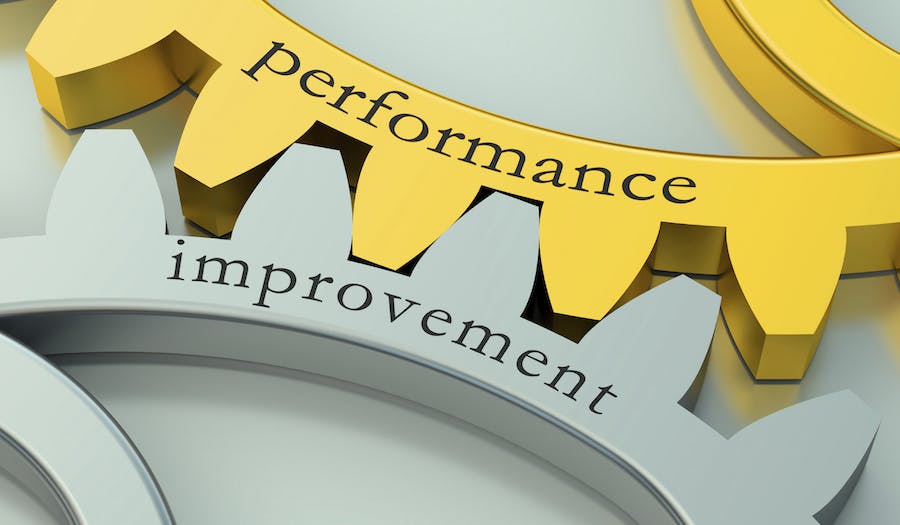In global terms, Australia is an expensive place to do business. Wages, rents, taxes and regulation combine to make conditions here tougher than in many other countries.
As a result, Aussie small and mid-sized businesses are constantly on the lookout for ways to keep a lid on operational costs. By identifying areas in which savings can be made, they believe they’ll be much better placed to grow within a highly competitive market.
To assist in this process, OKI recently undertook a comprehensive survey to gain a better understanding of the depth and breadth of the efficiency challenges facing Australian small businesses.
Conducted in mid-2015, the inaugural OKI SME Business Efficiency Survey solicited responses from small businesses around the country. Each respondent was asked to provide insight into their current levels of efficiency and the issues they faced.
Efficiency levels
Overall, the vast majority of Australian small businesses believe they are operating efficiently with 75.47 per cent of those surveyed indicating this to be the case.
Yet, it hasn’t always been this way. In many cases, current efficiency levels are the result of a relatively new drive towards this goal. Of the surveyed group, 45 per cent confirmed they had recently undertaken an efficiency drive while another 23 per cent said they were planning such a move soon.
The results are interesting and show the keen level of attention being given to operational efficiency by SMBs across a range of sectors. The trend was evident in those operating in everything from retail and manufacturing to marketing, finance and healthcare.
When it comes to business size, however, the picture becomes more complex. Of the micro businesses surveyed (between one and five staff), 90 per cent said they felt they were operating efficiently. This proportion dropped to 54 per cent for businesses with between six and 20 staff and to 57 per cent for organisations with between 21 and 50 staff.
It’s clear from these results that organisations struggle to maintain operational efficiencies as they grow. When small, it’s easy to keep costs under control but as things expand it becomes more difficult.
Sources of cost and inefficiency
To gain perspective on where the greatest cost/return ratios are for Australian SMBs, respondents were asked to nominate the areas in which they felt they achieved the best return for their spending.
Interestingly, supply chain costs and marketing/advertising spending were nominated as providing among the best returns. This is due to the critical nature of supply chains for most organisations and the business generation benefits of good advertising and marketing.
Meanwhile, at the other end of the spectrum, staffing costs are seen as an item which delivers one of the lowest returns on money invested. This attitude towards spending on staff is likely to be as a result of the high proportion it represents of overall operating costs. In some areas, such as retail and hospitality, it is also be exacerbated by ongoing pushes for increased penalty rates.
The role of technology
The survey found technology is also perceived as something providing a relatively low return on money invested. Respondents said they consider IT procurement to be less expensive than maintenance, support, and repair, however both categories are still regarded as costly.
This result demonstrates that many small businesses in Australia are looking for ways to make more efficient use of IT resources. Of the survey respondents that felt they were operating efficiently, 61.76 per cent said they make the acquisition of reliable technology and extended warranties a priority when buying new technology. They recognise the long-term efficiency and value that this type of technology can provide.
Interestingly, for those businesses that don’t believe they are operating efficiently, the requirement for reliable technology and extended warranties doesn’t exist. Rather, such factors are seen as a “nice to have” but not something worth spending additional money to obtain.
When trying to identify why some of Australia’s businesses might be operating inefficiently, it seems
IT is a significant factor. Many don’t fully understand the impact unreliable technology is having on their operations and are finding it difficult to keep their IT costs under control.
Indeed, when organisations that identified themselves as efficient were asked in which area they found it the most difficult to maintain efficient control over spending, both IT procurement and IT
maintenance came out as the top result.
Overall, while it’s clear that many Australian small businesses believe they are operating efficiently,
across the sector as a whole, there is still significant room for improvement.
The OKI survey found that, despite the gains some SMBs have enjoyed through recent efficiency drives, others are lagging behind. For Australia’s economy to continue to grow in the future, there is clearly much work still to be done.
About the author:
This article was written by Antonio Leone, Marketing Manager for OKI Data Australia

